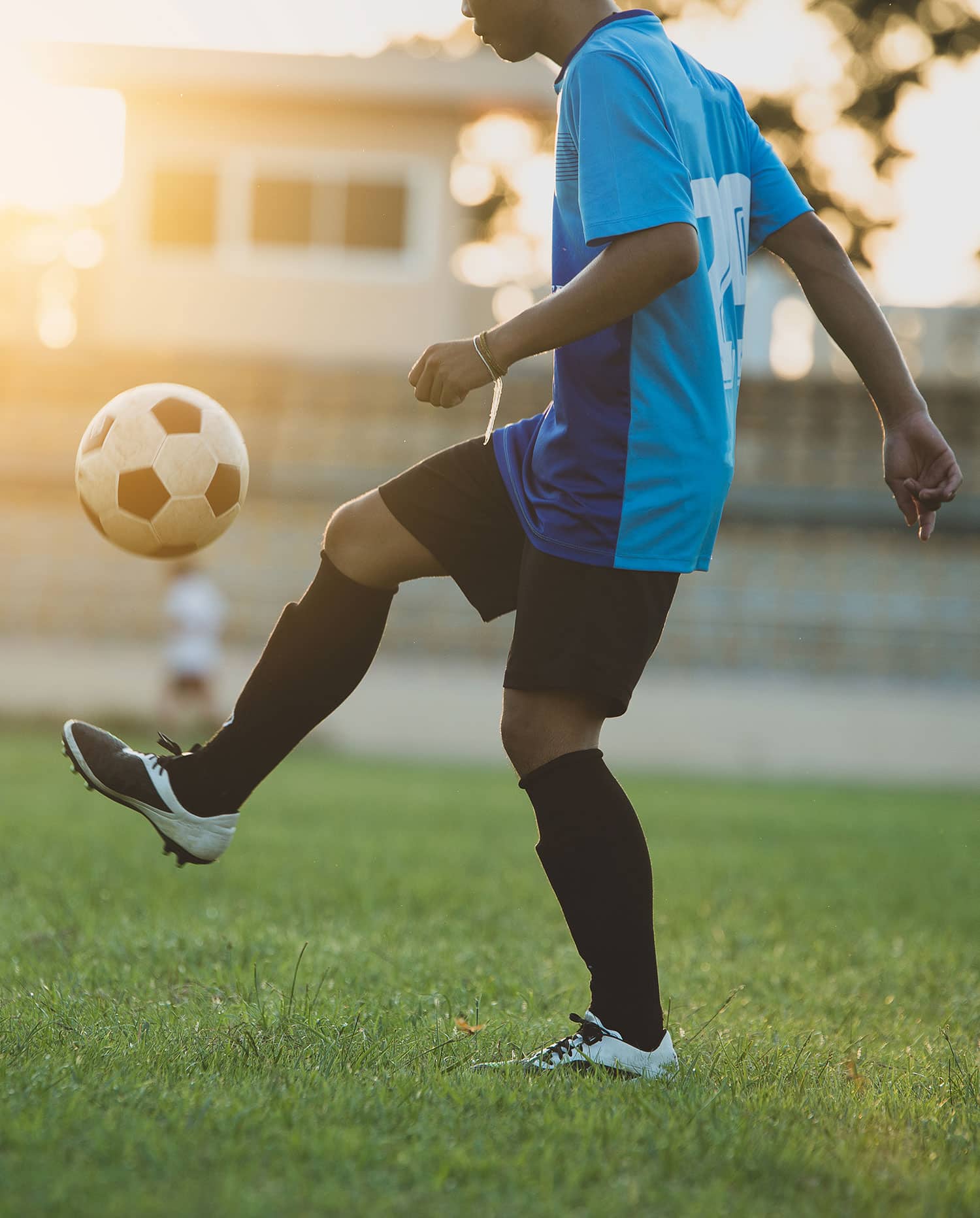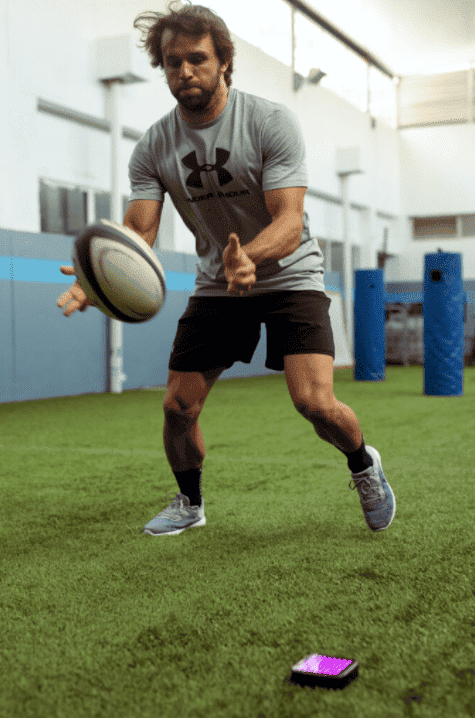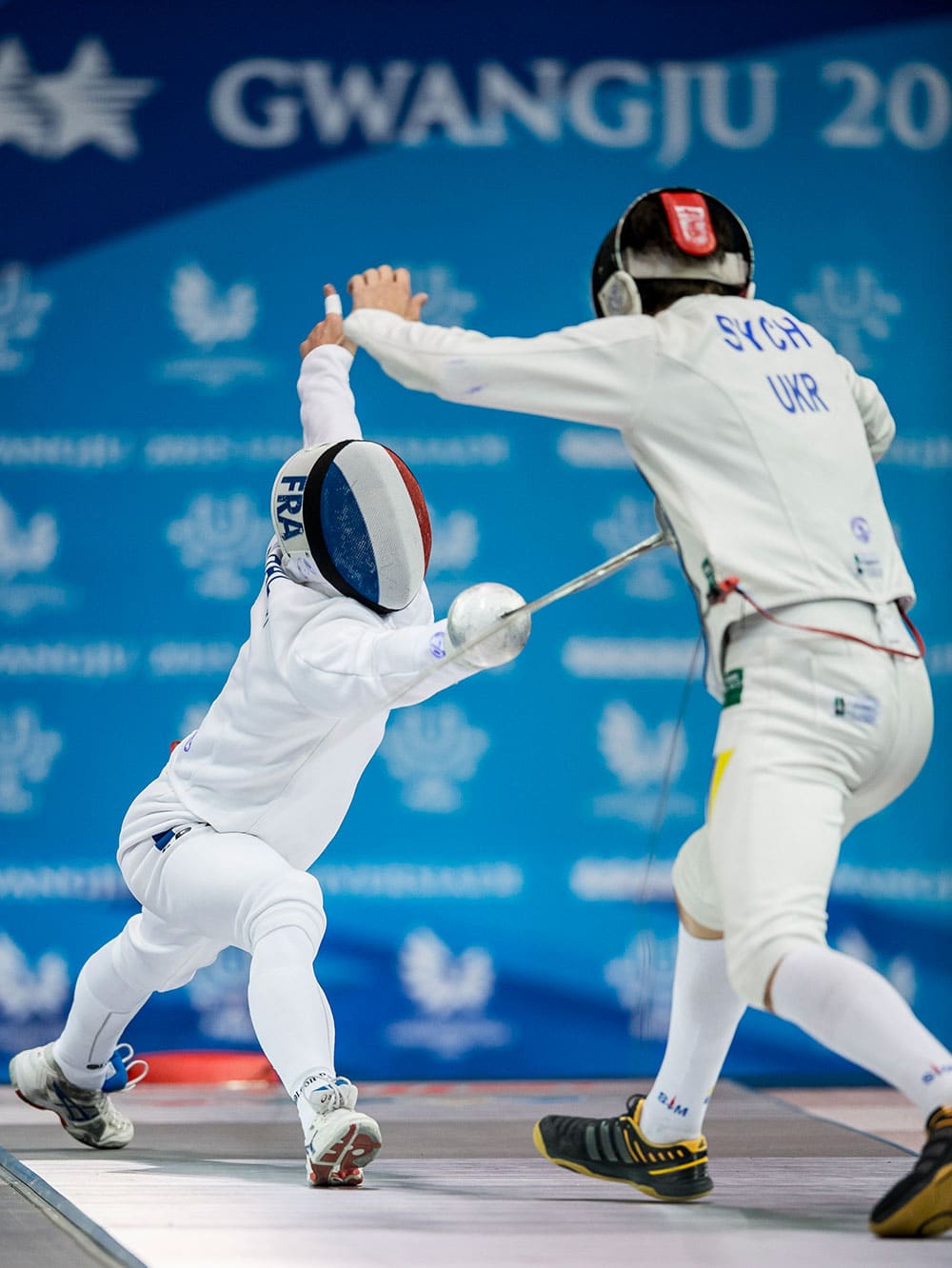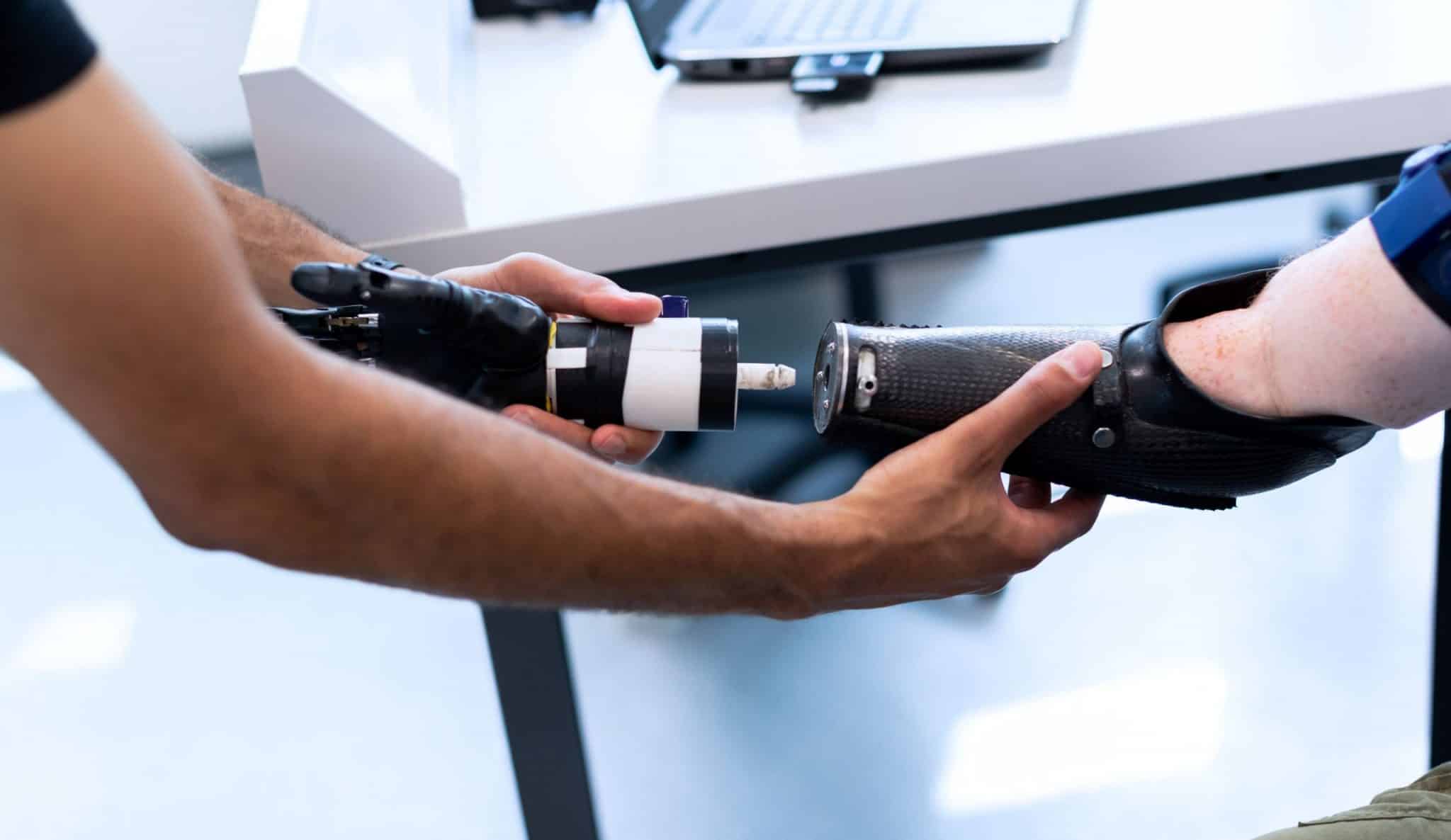Neural trainer is ideal for improving proprioception (no, no, it’s not a dirty word, it’s simply the brain’s ability to regulate posture and body movements, thanks to a whole set of nerve messages).
Engaging a part of the body while occupying the mind: this is the principle of dual task. By creating this type of situation, Neural Trainer leads to an increase in neural demand, and therefore a stronger neuromuscular training.
According to the limited attention capacity theory, if the simultaneous execution of a standing balance control (on one leg) and a cognitive task (Leds) occupies the attention beyond the existing capacity, there would be a deterioration in the performance of one or both tasks. This is called posture-cognition interference. In these situations, visual-motor function compensates for somato-sensory function.
These are particularly useful exercises for people with anterior cruciate ligament deficiency, for whom maintaining balance is more demanding.
The pure reaction time measurement is often neglected in neurocognitive evaluation. The different sensors integrated in our light pads allow us to measure this, thanks to a set of different tests. Such as speed and psychomotor coordination tests, divided attention and dual task tests.
There are 2 other types of reaction time, which Neural Trainer can work on:
Numbers, colors,... But also multiple forms! Neural Trainer is the only current solution. It offer this type of geometric shapes, which are as many possibilities for varied and complete training.
DIFFERENT EXERCISES
1st type of exercises:
This involves presenting a stimulus on different light pads located in front of the patient: numbers that will have to be arranged in ascending order by touching the pad associated with the correct number, or directional arrows, or even symbols ( round, square, triangle,...), Depending on what you want to work on.
2nd type of exercises:
You can also program a 2nd exercise, based on the principle of the Stroop test. The principle? Words appear in a certain color that do not correspond to the meaning. The objective is then to see how the neurovisual sensors will manage the interference. To finally decide to press the key corresponding to the color that is displayed rather than the color indicated by the word.
Neural Trainer proposes exercises based on this principle, with symbols or multidirectional arrows that must be located despite a color code that will “trap” the patient’s brain.
In a nutshell, these different exercises that can be practiced with health professionals, are meant to improve certain skills such as: logical-symbolic reasoning, immediate and delayed memory, spatial processing, …
By testing range of motion, reaction speed, coordination, and general proprioception, Neural Trainer can even be used as an aid in making complex diagnoses.



Application in sports
Positioning of teammates and opponents, management of the ball,…
Re-education work based on the use of Neural Trainer will allow athletes back on the field to be ready to receive a multitude of information.
His stathesthetic and kinesthetic sensations will be reinforced, allowing him to exploit his visuo-motor function to the maximum.
Improve motor recovery and functional recovery, limit the loss of strengh, and reduce the loss of articular amplitude.

LCE Distribution